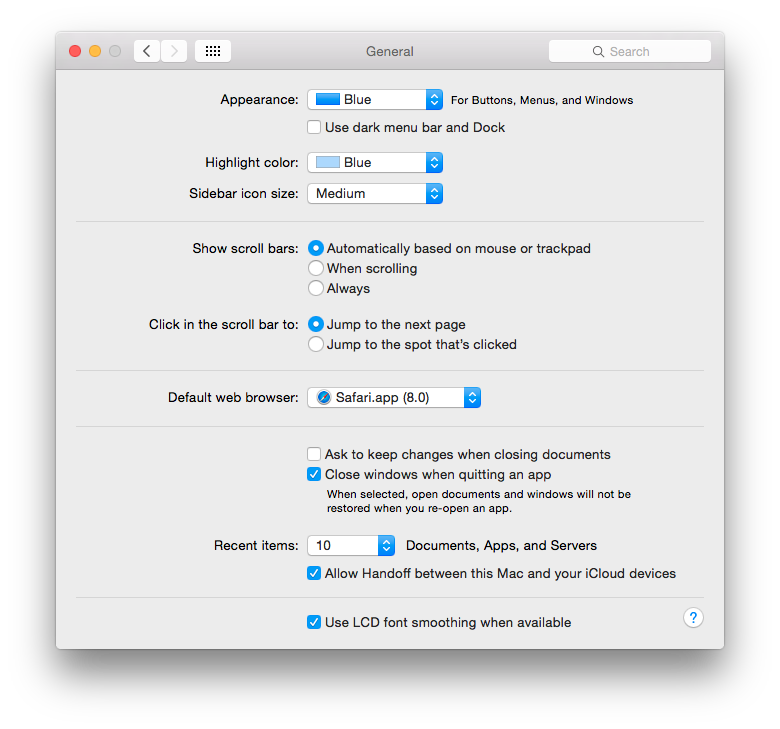

- #Mac text rendering for windows mac os#
- #Mac text rendering for windows pro#
- #Mac text rendering for windows windows 7#
- #Mac text rendering for windows mac#
- #Mac text rendering for windows windows#
Both are complicated distribution problems, with many variables that are frequently updated. The solution is for sites to outsource targeted font serving like they do Google ads. (Mobile browsers will soon accept web fonts, too.) Even if Microsoft and everyone else embrace the new WOFF format, even if we abandon the hapless XP clients, we’ll have to deal for years with the trailing installed base of ClearType and EOT.


One font does not fit all, and we’re are going to have find a way to target the right font to each browser/OS combination. But the problem is that if a bunch of web fonts get out there without the right hints, the public could decide web fonts are a bad idea, and developers will retreat back into their caves. Happy to learn, for example, that IE 7+ switches rendering to Cleartype in XP.īut most bloggers are tiptoeing around the increasing evidence that fonts that are *not* carefully hinted for Windows, look like crap when used below, say, 30 px.Īnd worse if the user left ClearType off in XP/IE!Īn encrusted cynic might say that people who use XP don’t know what good type looks like, or don’t care, so let’s not worry about them. This is worth knowing and noting because it has already been announced that Internet Explorer 9 will use DirectWrite, and apparently FireFox is working on it as well.
#Mac text rendering for windows pro#
OpenType CFF fonts see a truly dramatic improvement, going from really mediocre rendering under GDI to rendering roughly equally well with TrueType under DirectWrite (or under its predecessor, WPF)! Minion Pro and Myriad Pro in OpenType CFF render pretty well down to 9 pixels per em (ppem), and just fabulously at 12 or more. For TrueType outlines, It offers moderate but noticeable improvements, such as options for improved spacing, and anti-aliasing in the Y direction. This uses ClearType, but a ClearType which is improved over the GDI version. However,īesides GDI (all of today’s browsers), there is a completely different rendering mode used by applications which are programmed to use the “DirectWrite” text APIs (similar rendering also available to the largely-ignored WPF APIs).
#Mac text rendering for windows windows#
So, most folks on Windows are seeing ClearType rendering, one way or another.
#Mac text rendering for windows windows 7#
Windows Vista and Windows 7 default to ClearType. “Standard” (grayscale anti-aliasing) is the default on Windows XP, although installing Internet Explorer 8 will change that setting to “ClearType” (even if one then proceeds to use a different web browser). Fonts in PostScript Type 1 or OpenType CFF formats get a less sophisticated type rendering/smoothing which, well, seems less than stellar these days. Note that the standard vs ClearType distinction only affects fonts with TrueType outlines. ClearType (optimization for color LCD screens).off (uncheck the box that says “use the following method to smooth the edges of screen fonts).These settings affect all applications using the old-school GDI APIs for text rendering, which as of late 2009 means all the major web browsers. So why does rendering vary so much? Windows XP, Vista and Windows 7 can be set to one of three settings for “font smoothing” (a.k.a.
#Mac text rendering for windows mac#
Every major browser uses the same rendering as some version of OS rendering, however none does something unrelated to Mac or Windows text rendering.) Also, Firefox can use the kerning built into fonts, which affects spacing, though it doesn’t actually impact rendering of individual glyphs. Safari for Windows has an optional setting to use Apple’s “Quartz” text rendering, even on Windows-this was the one-and-only rendering option in Safari 3 for Windows, but Windows users “freaked,” so Apple changed it for Safari 4 for Windows. Internet Explorer 7 actually ignores the OS setting in favor of its own prefs setting, which is to use the OSes ClearType rendering regardless.
#Mac text rendering for windows mac os#
Similarly, all today’s major web browsers on Mac OS simply use the system text rendering. Why is this? All of today’s major web browsers on Windows ( IE, Firefox, Chrome, Safari) simply use the OS’s user-adjustable GDI text rendering settings, whatever those may be. (As also shown in Si Daniels’ presentation at ATypI 2009 in Mexico City). On any given Windows computer running XP or Vista or Windows 7, you will generally get >pixel-for-pixel identical glyph rendering in Internet Explorer, Firefox, Chrome, or Safari. There are a couple of caveats (see below), but for the most part, this a this is a system level setting. This post by Jeffrey Zeldman on font rendering in web browsers is a good introduction to the subject in a number of respects, but unfortunately repeats a pernicious myth: that web browsers on Windows all render text differently, and that this interacts with the OS rendering.


 0 kommentar(er)
0 kommentar(er)
